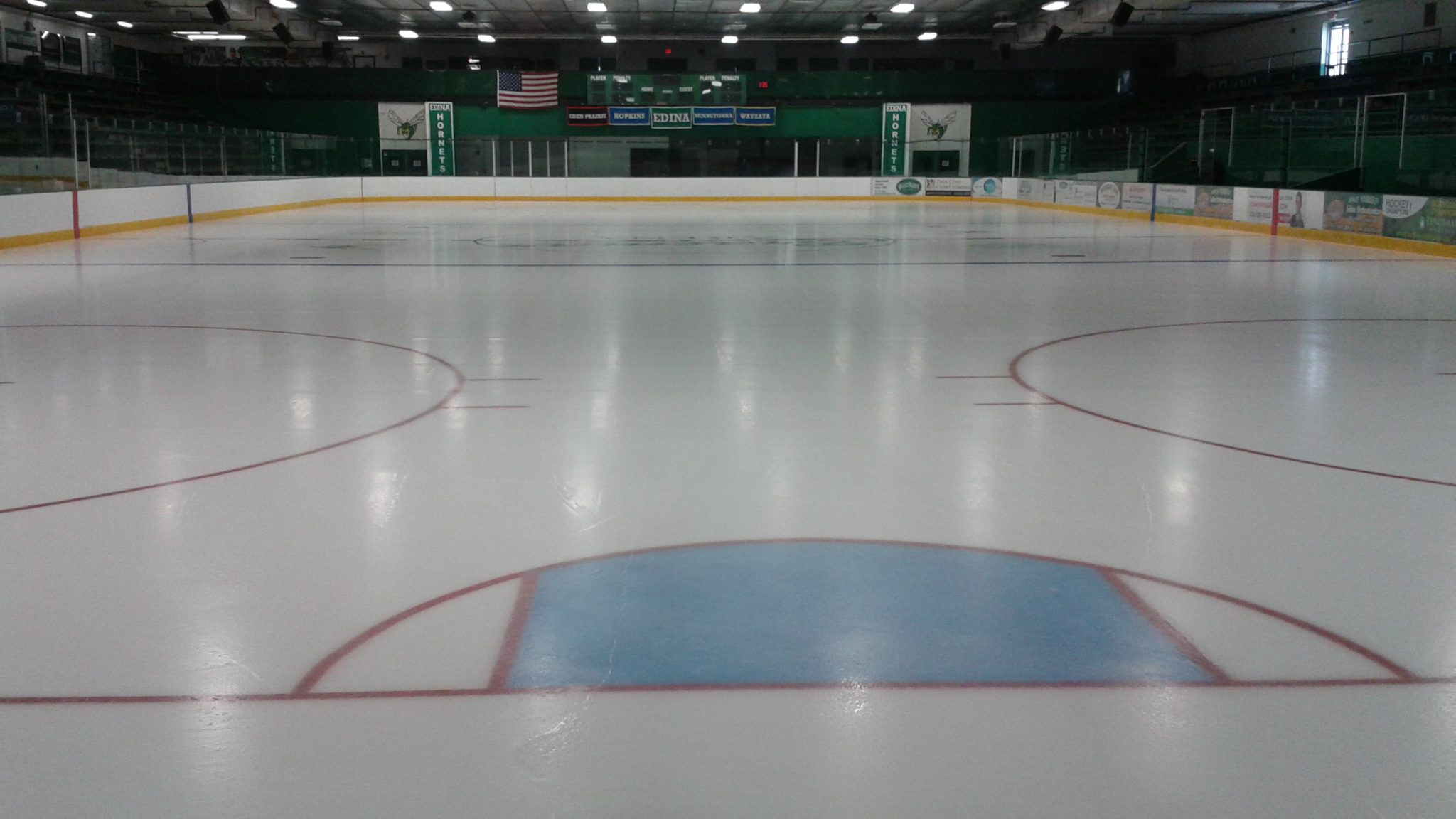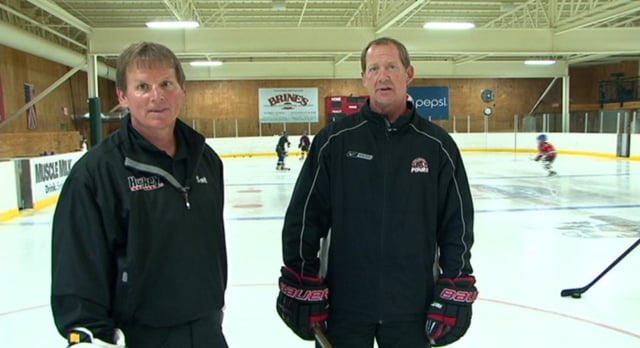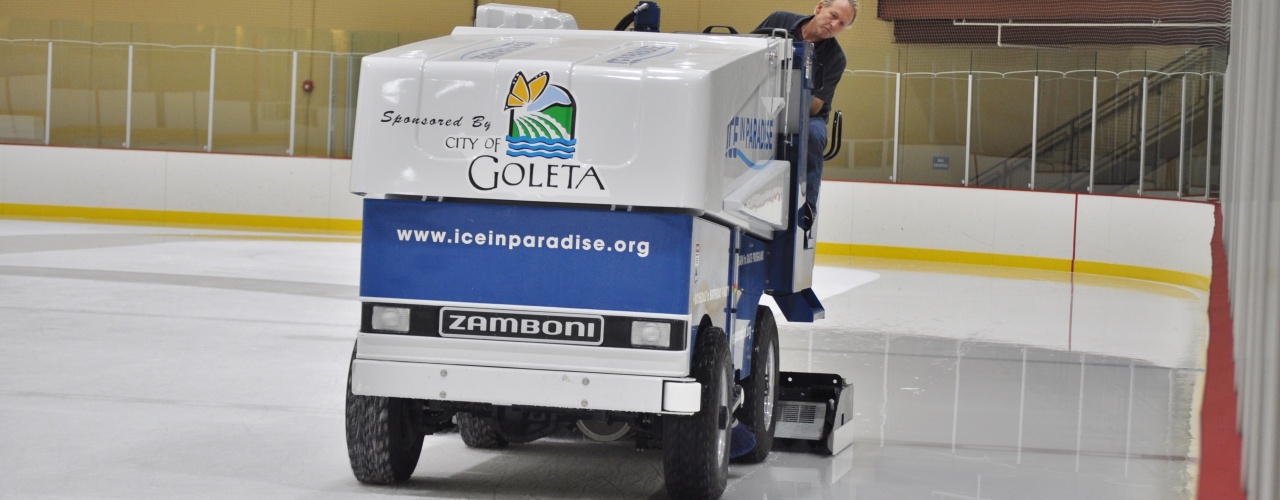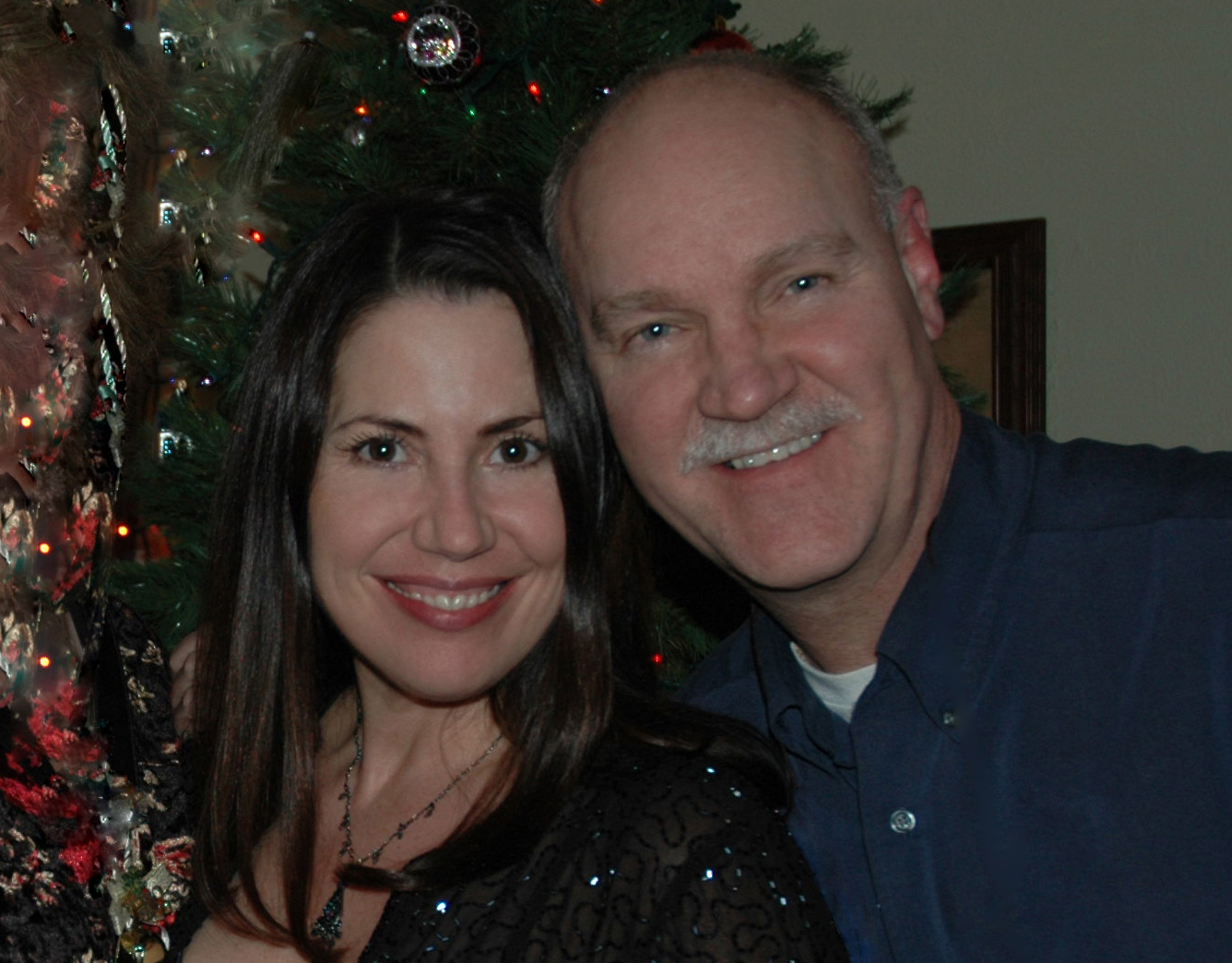

Edina Braemar and Blaine Super Rink first to engage in MN



Video of xxxx for your viewing pleasure


Senior A Coach won 11 National Titles, to be honored on 12/21

Jack Norqual makes California dream come true


Fundraising events scheduled to help local hockey standout and wife
4 Comments